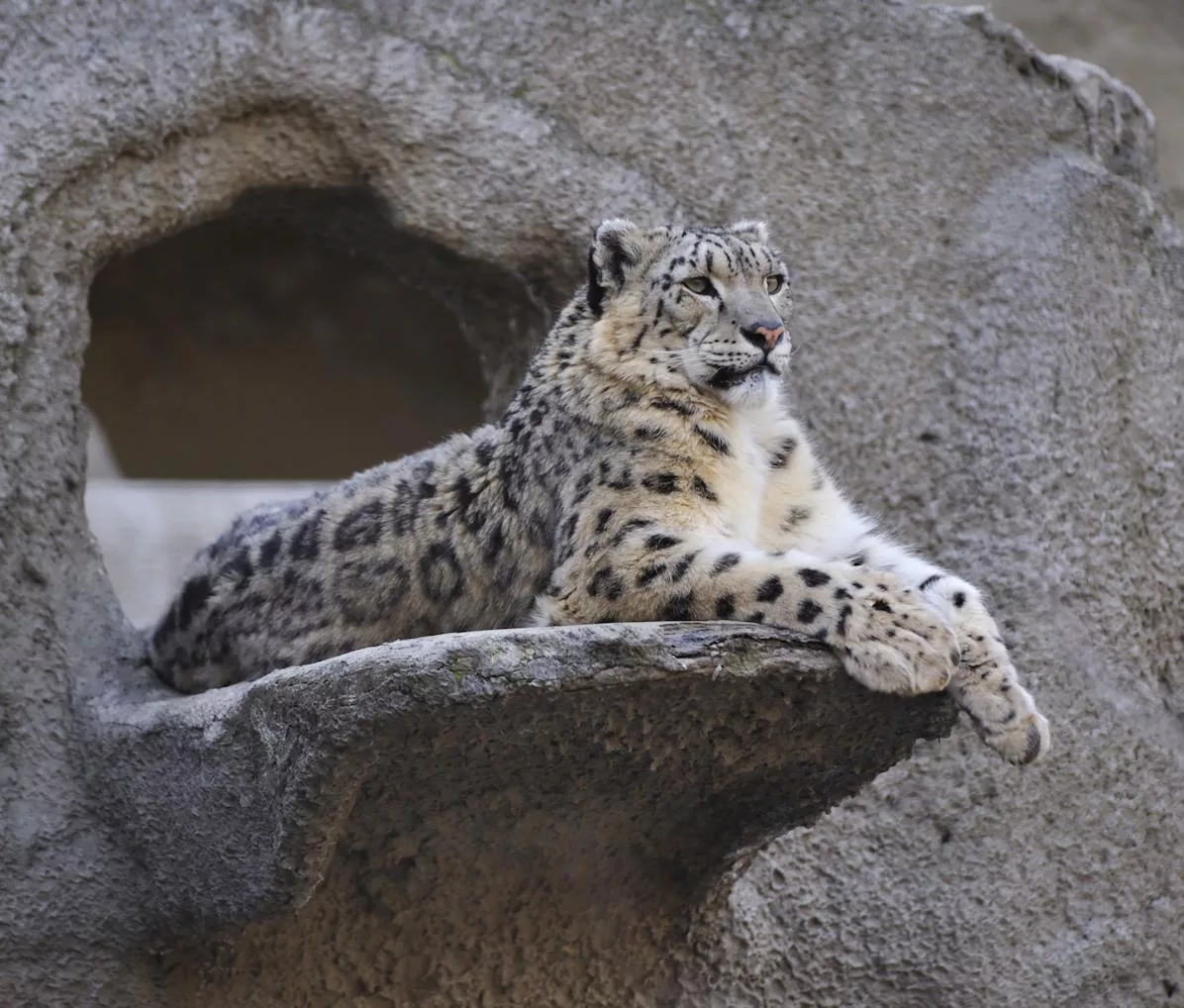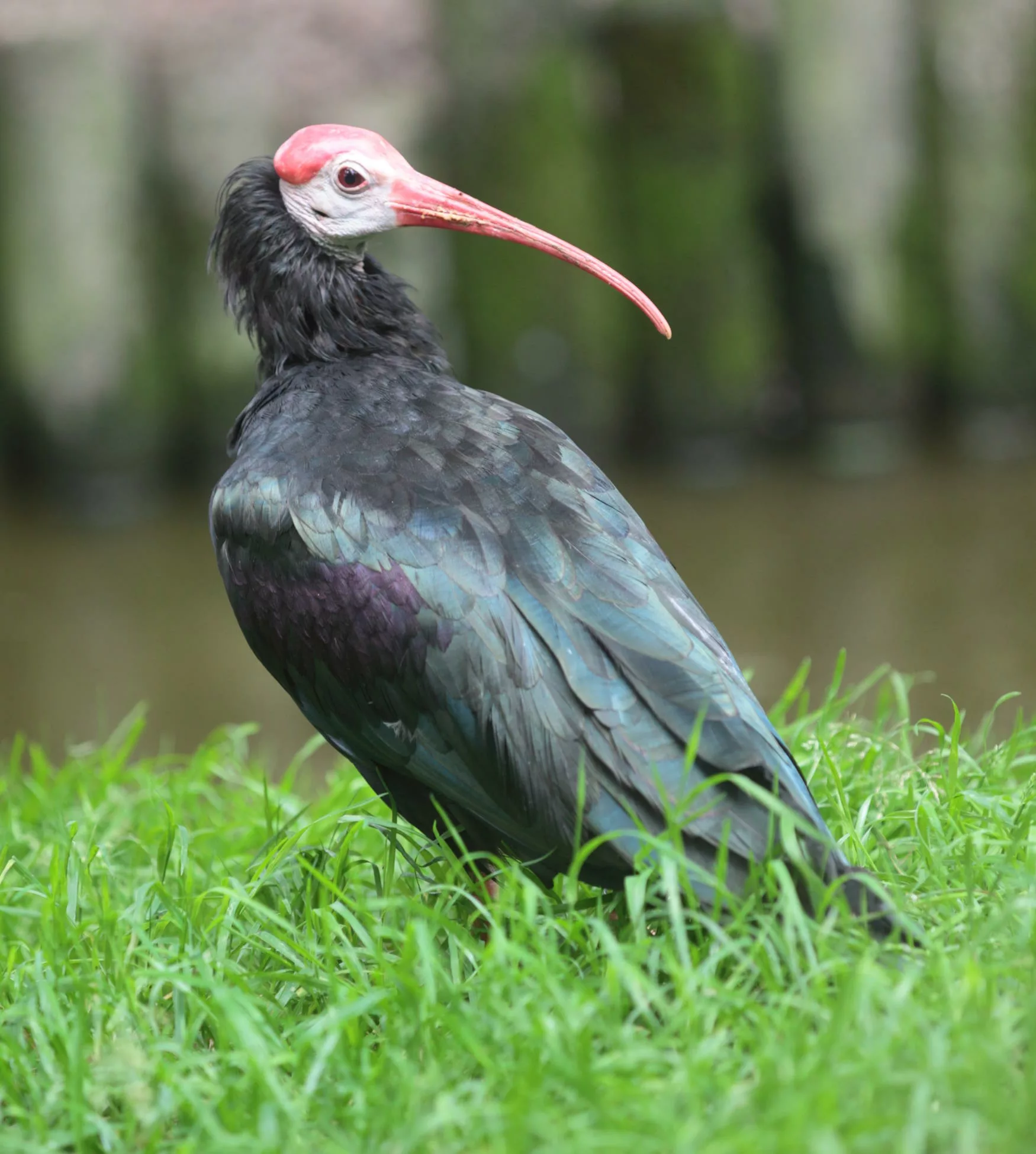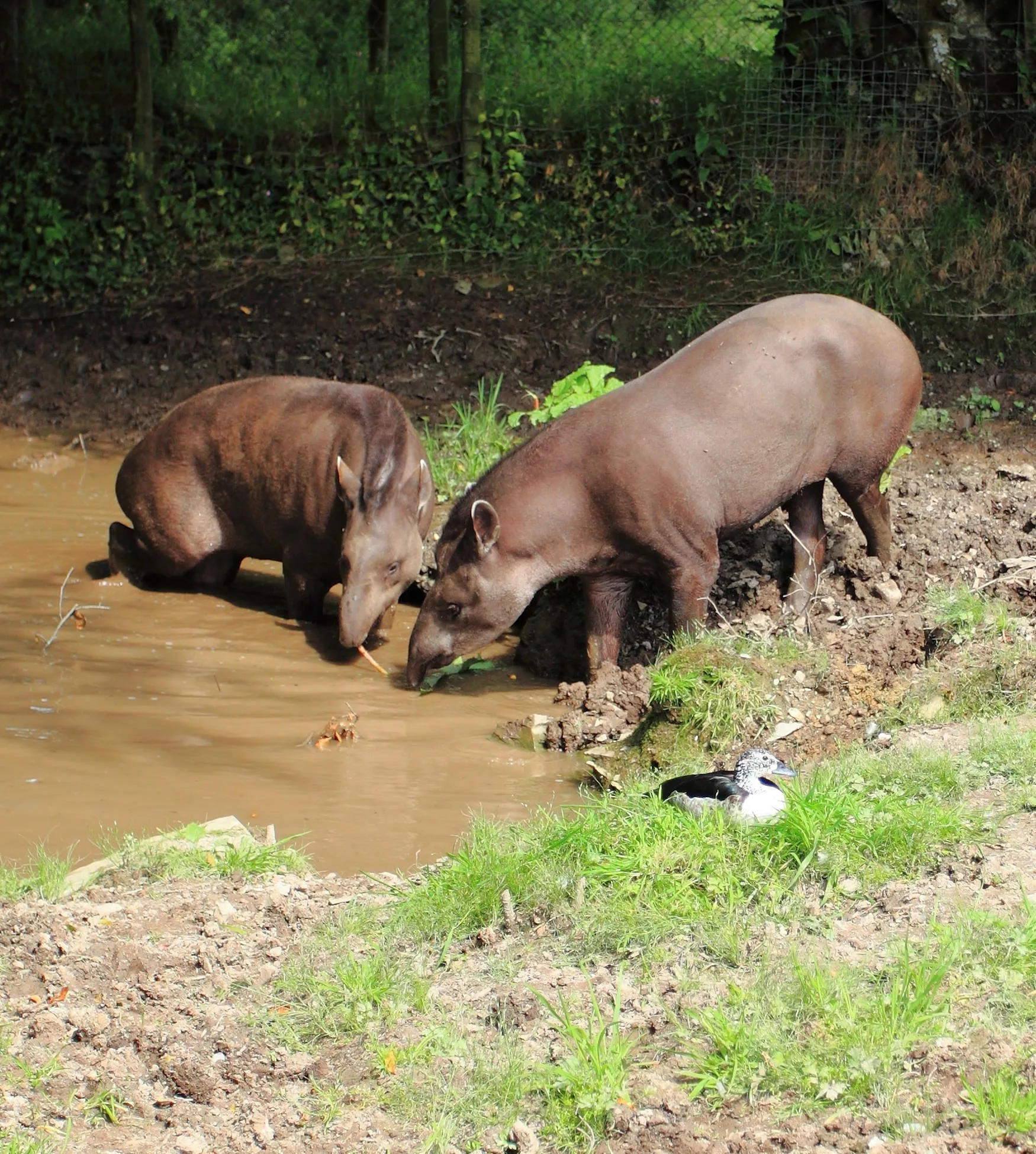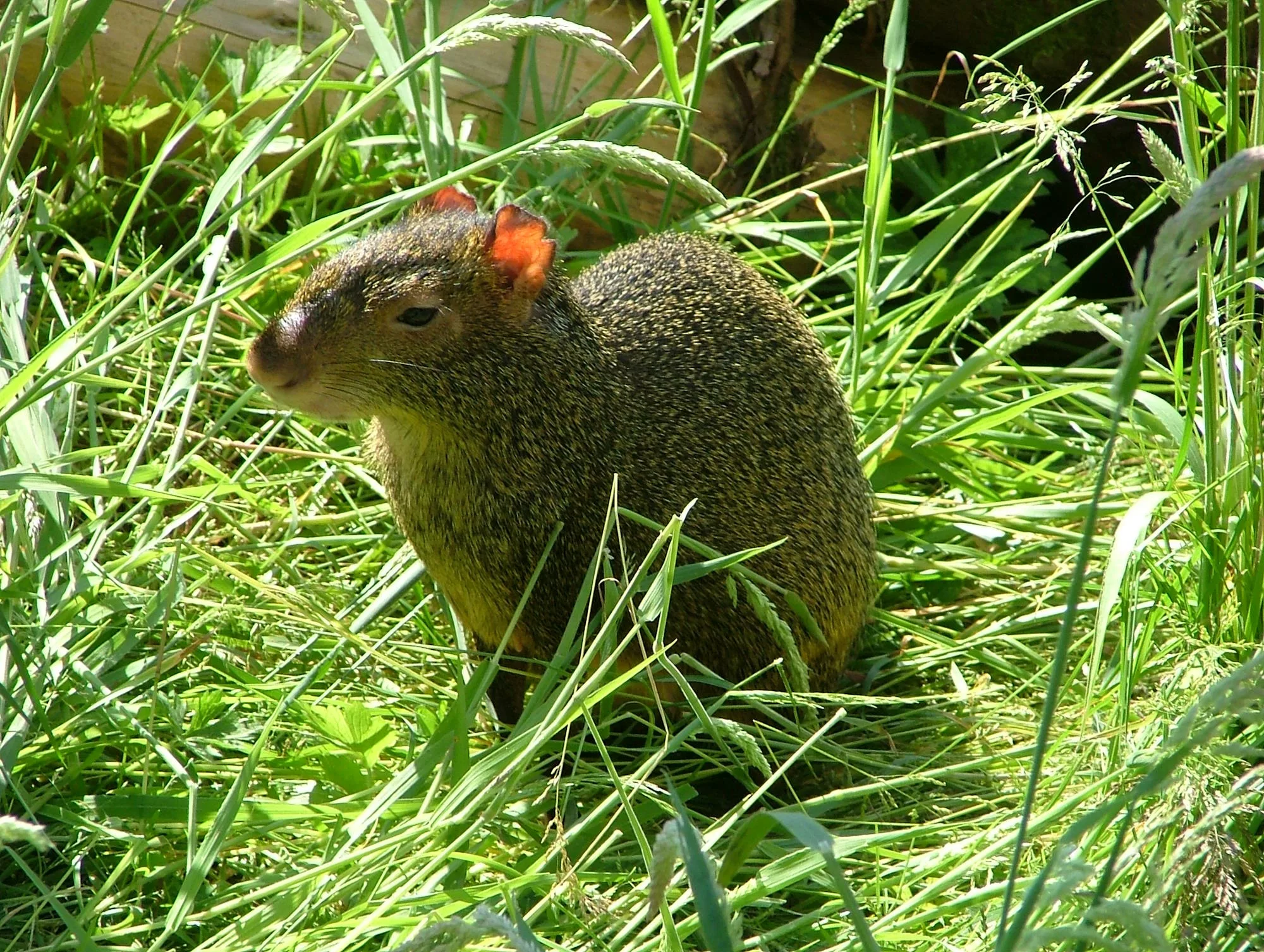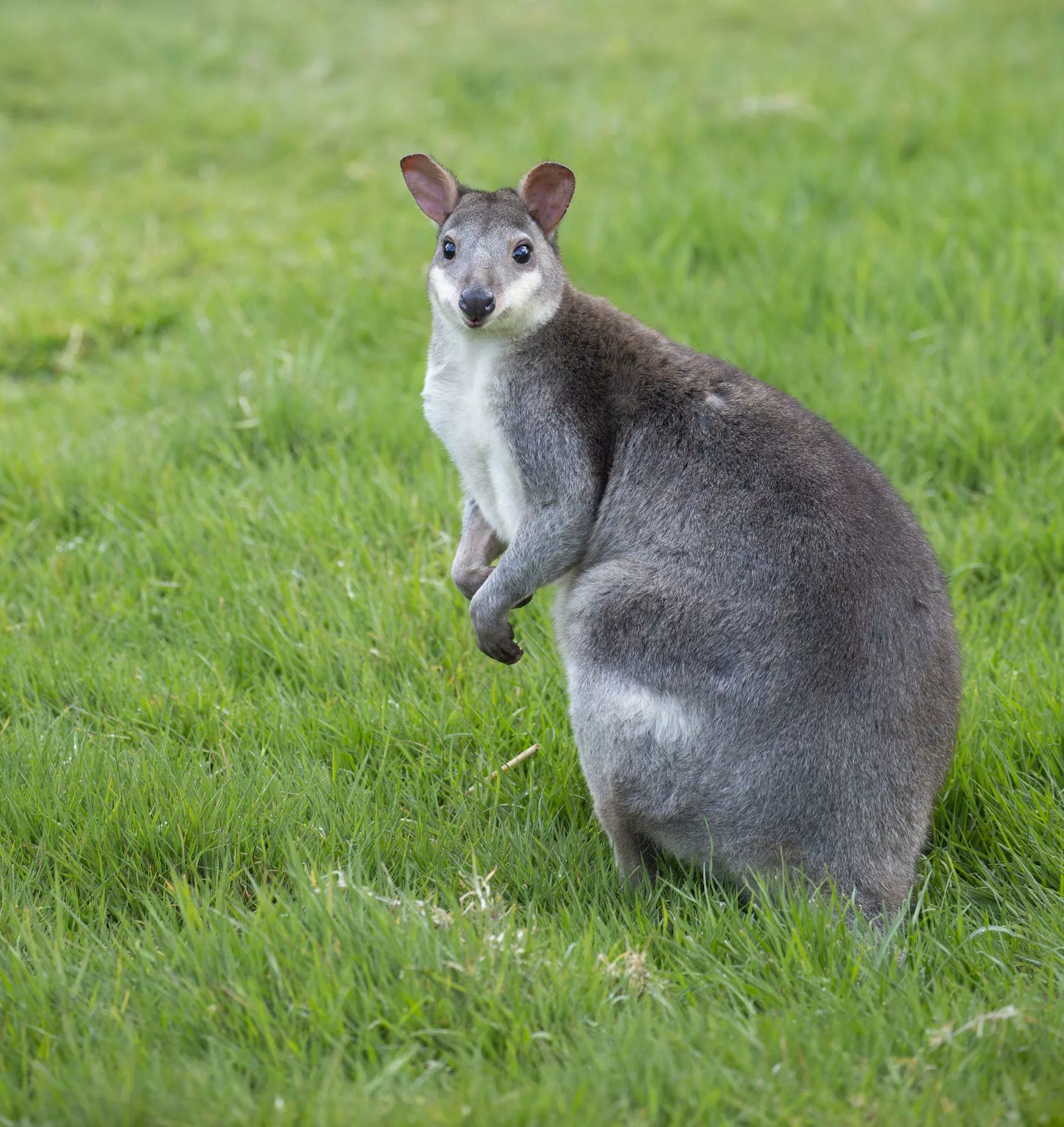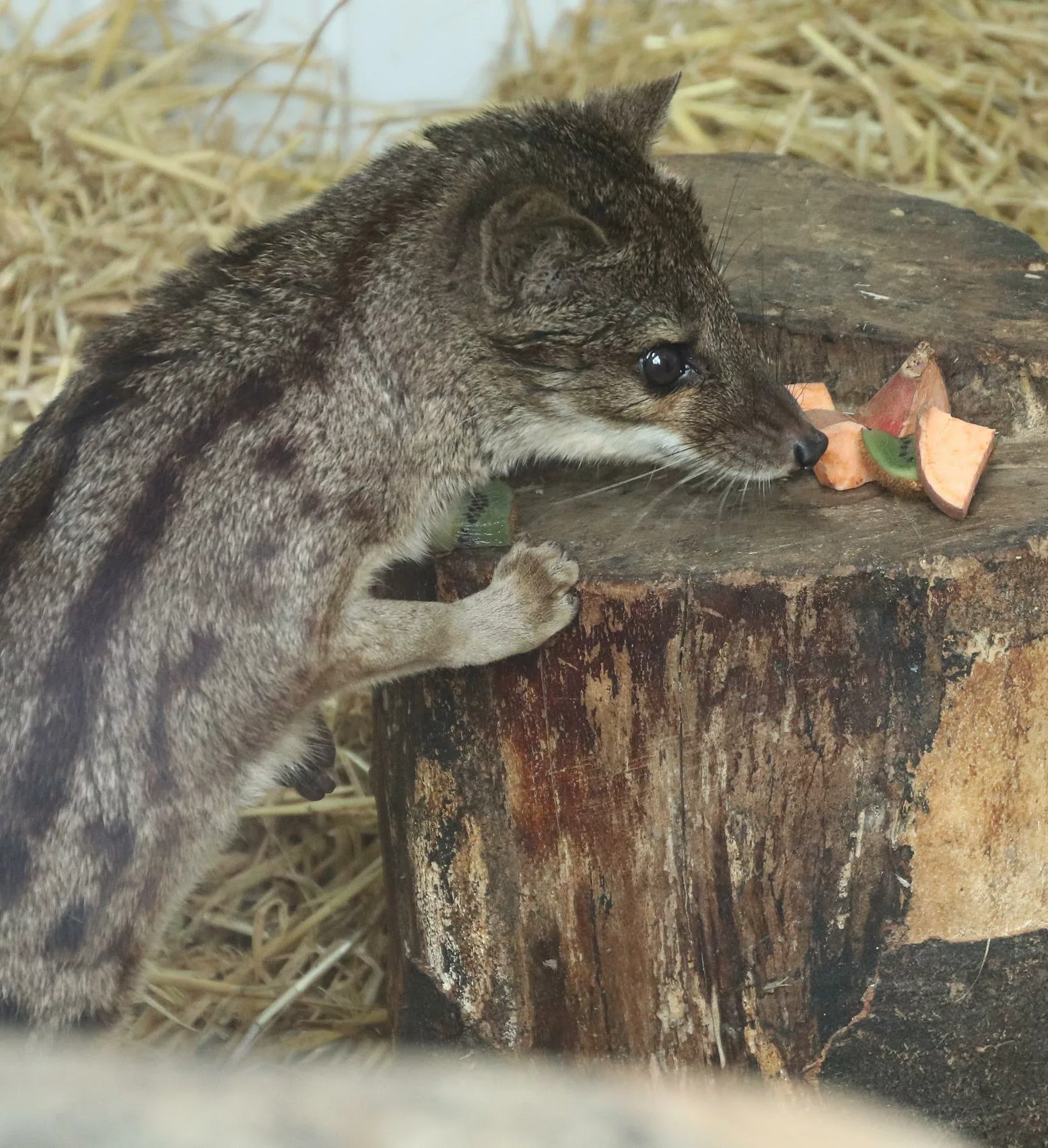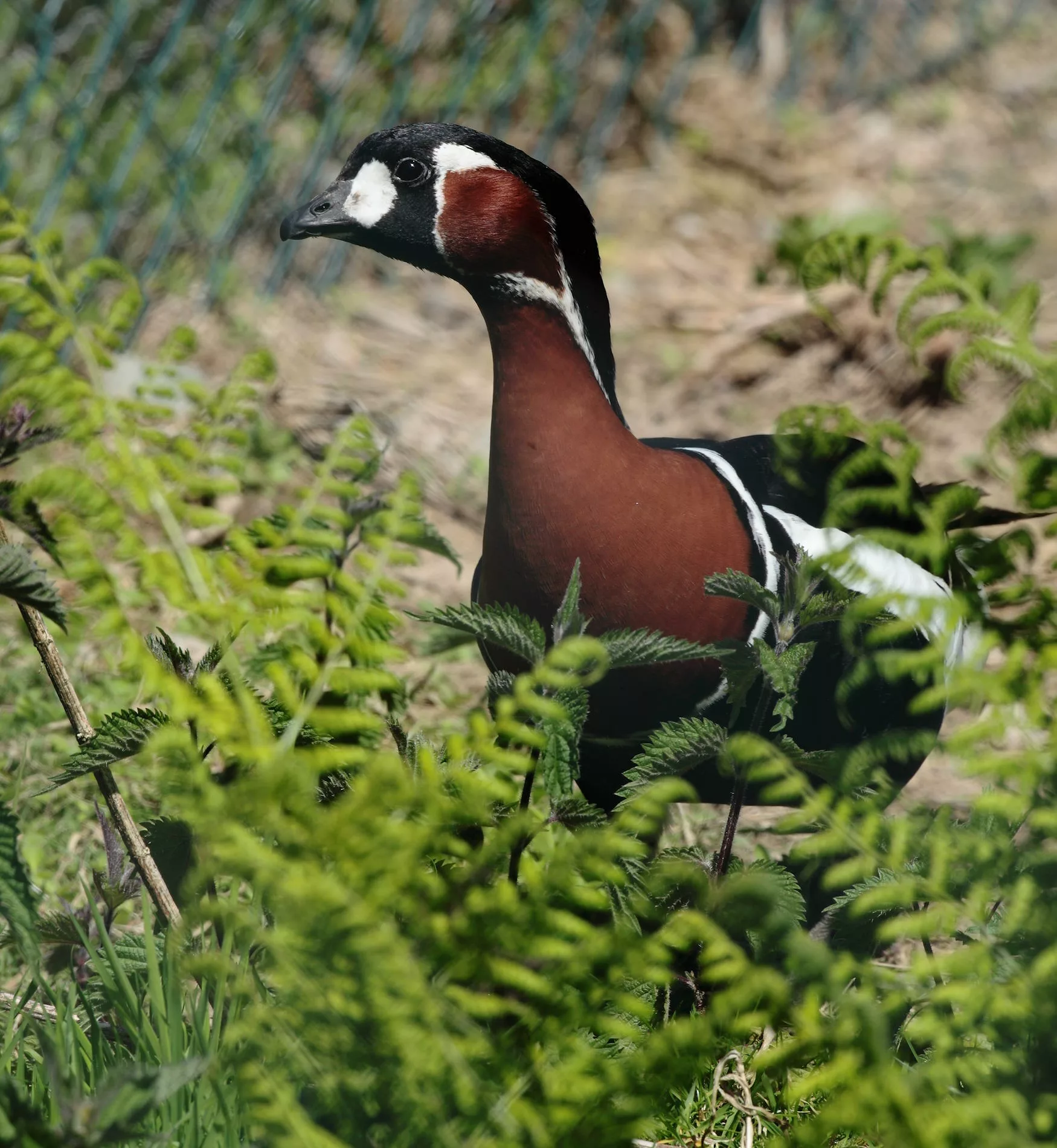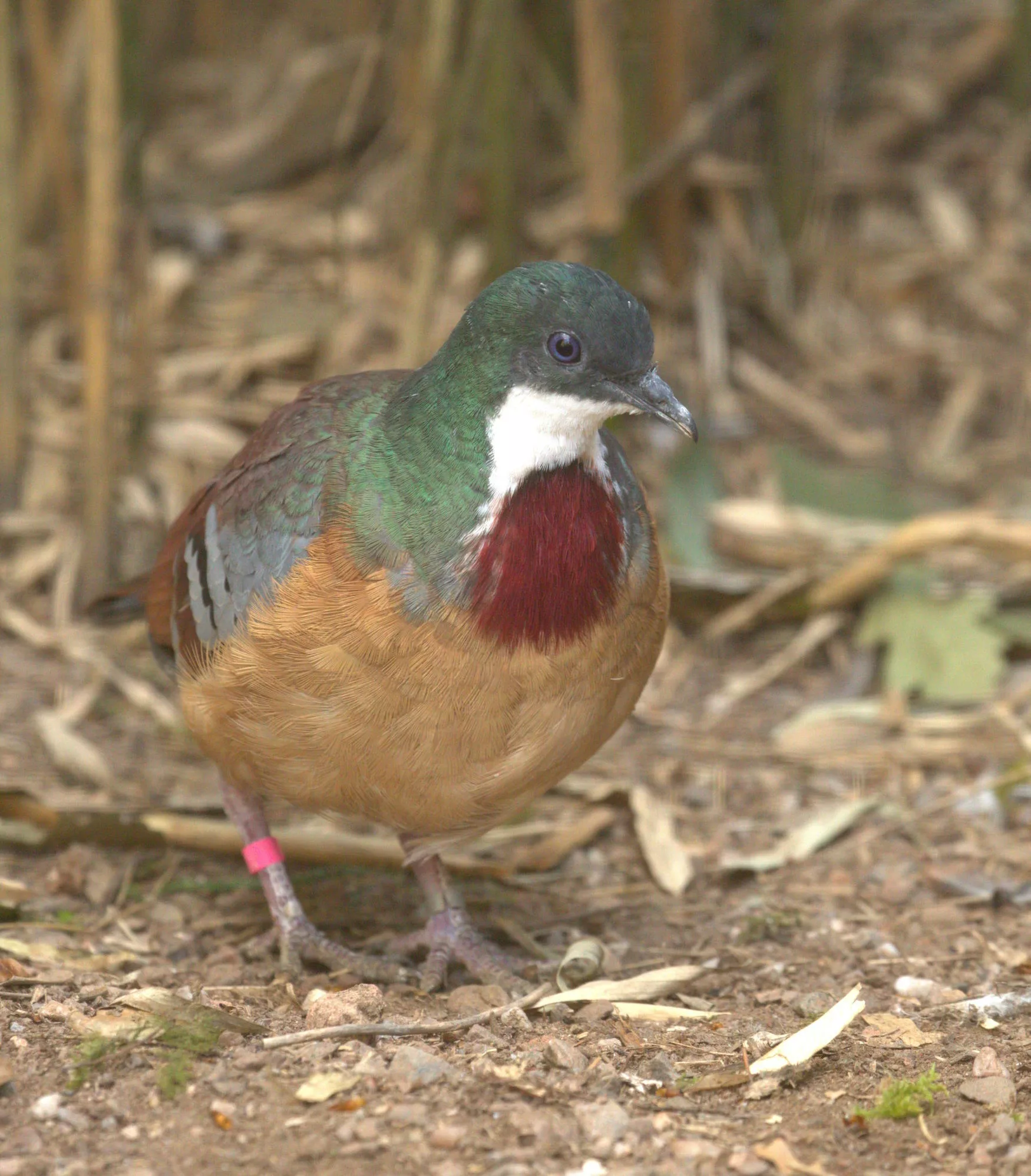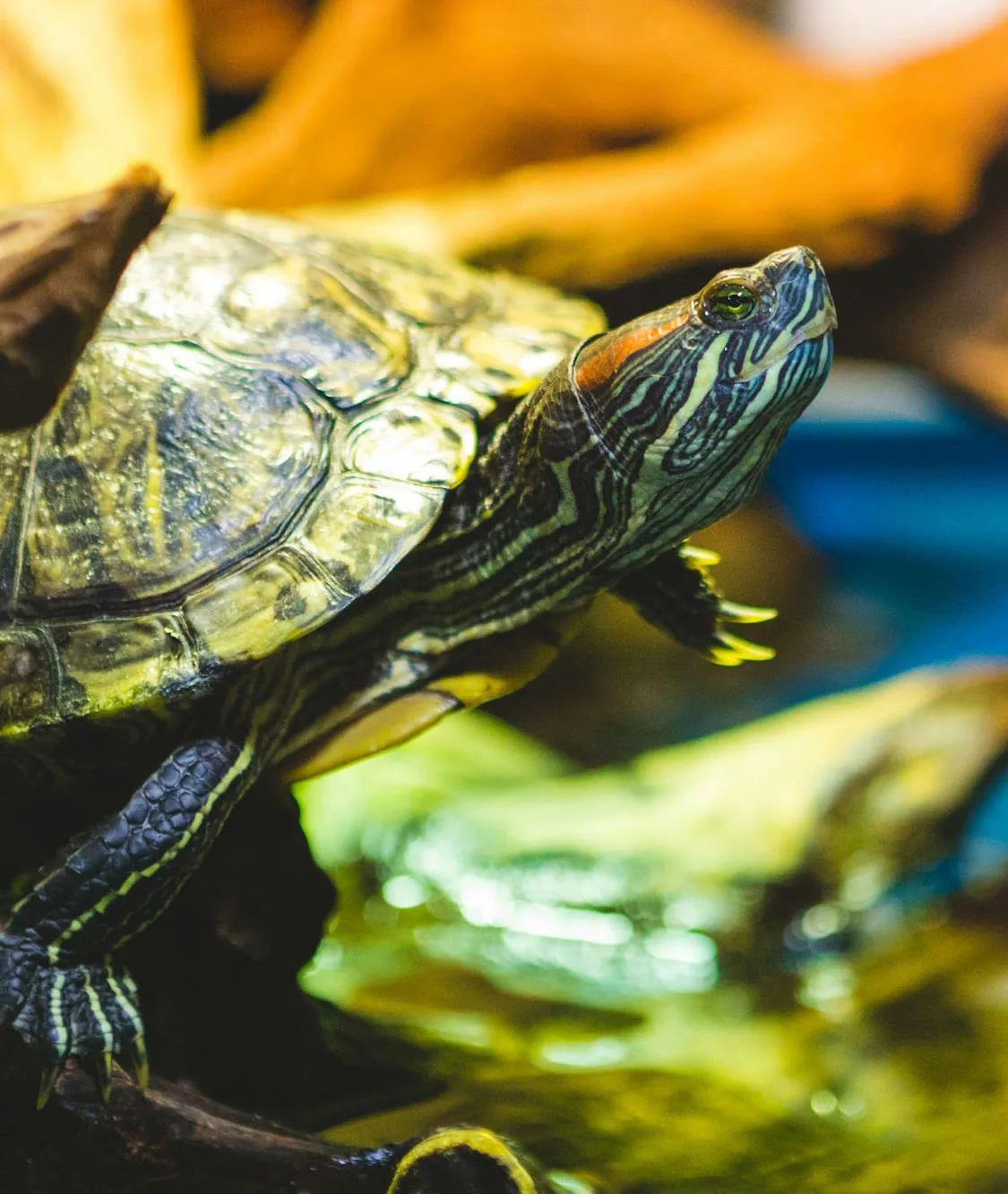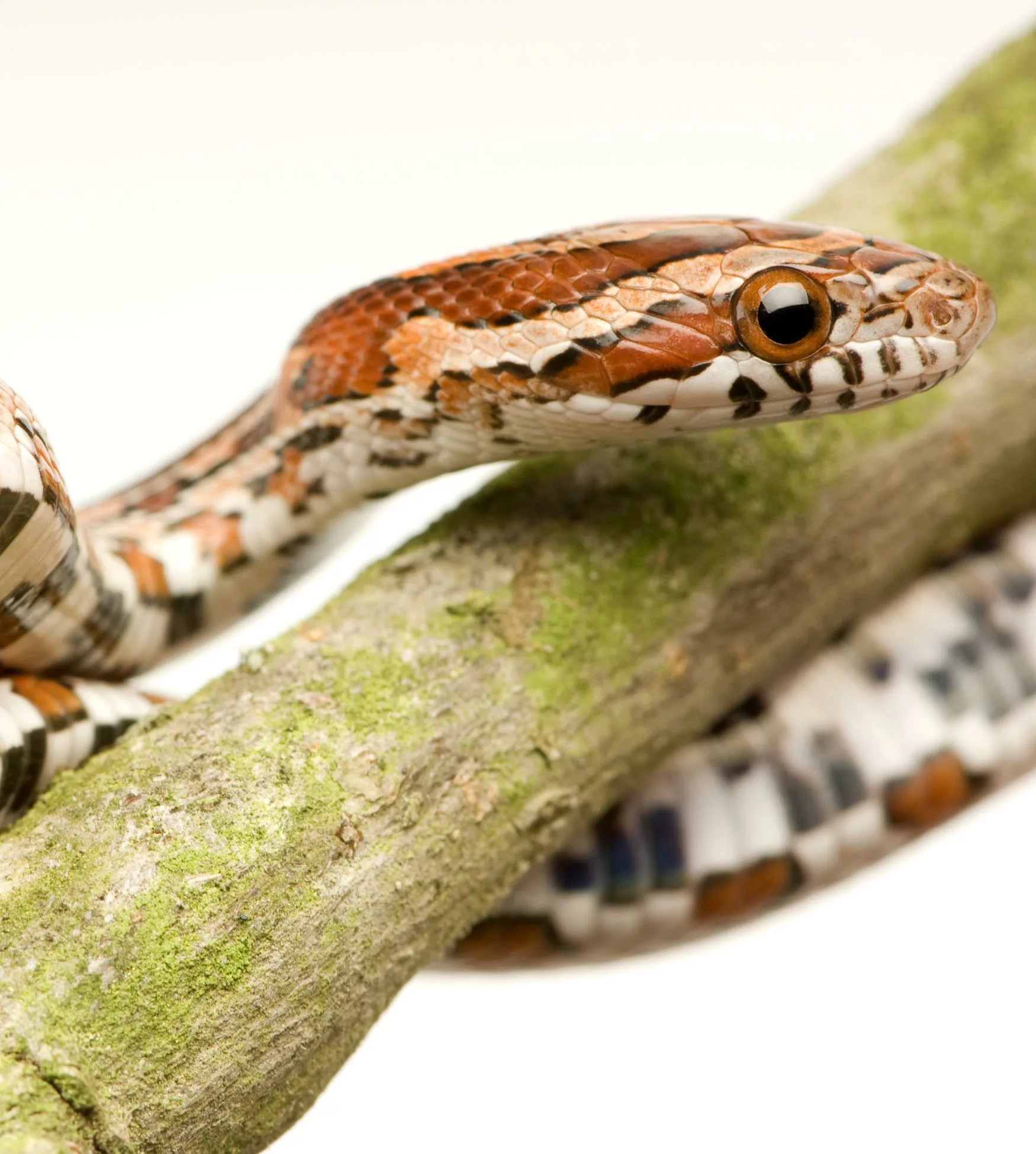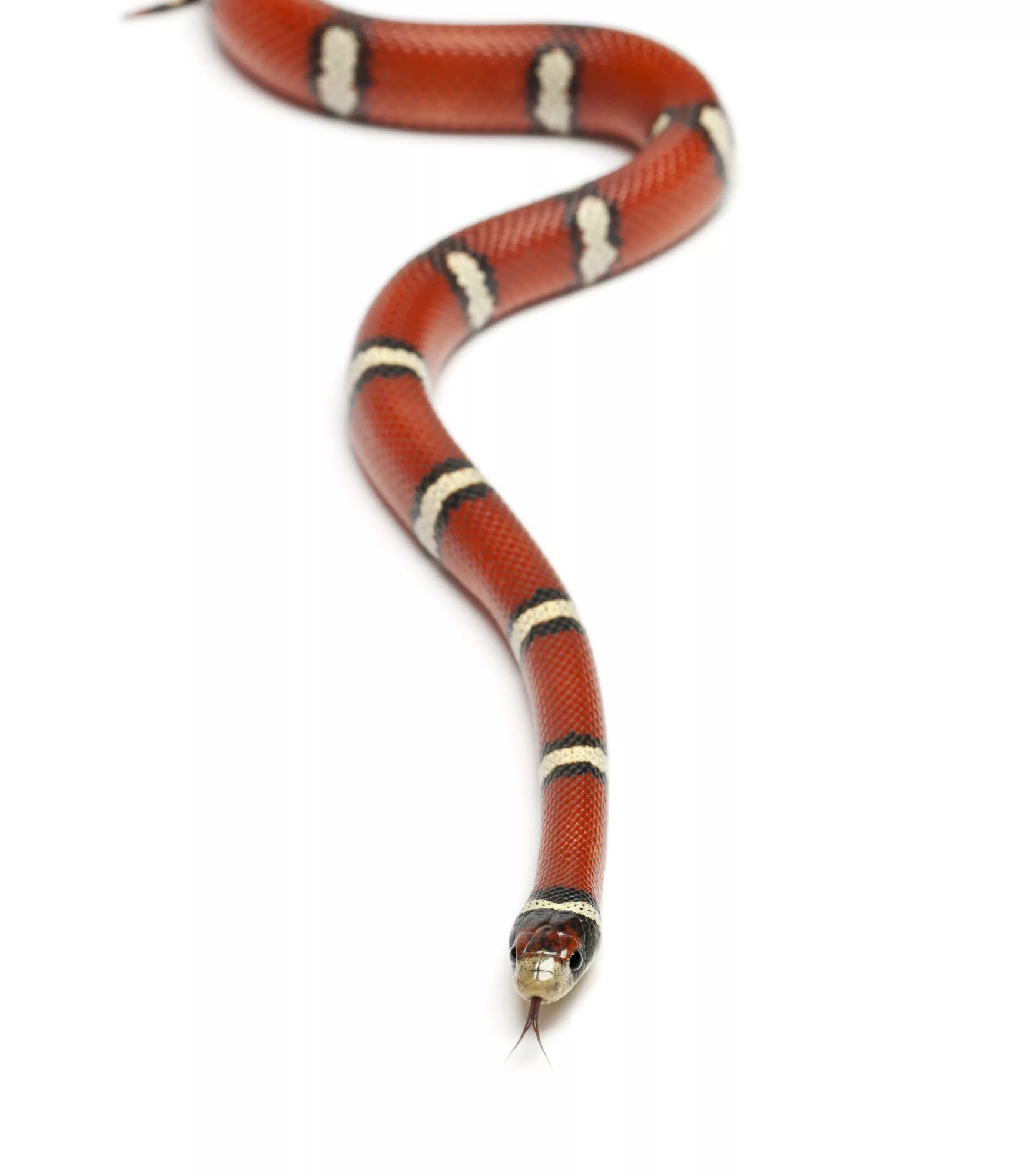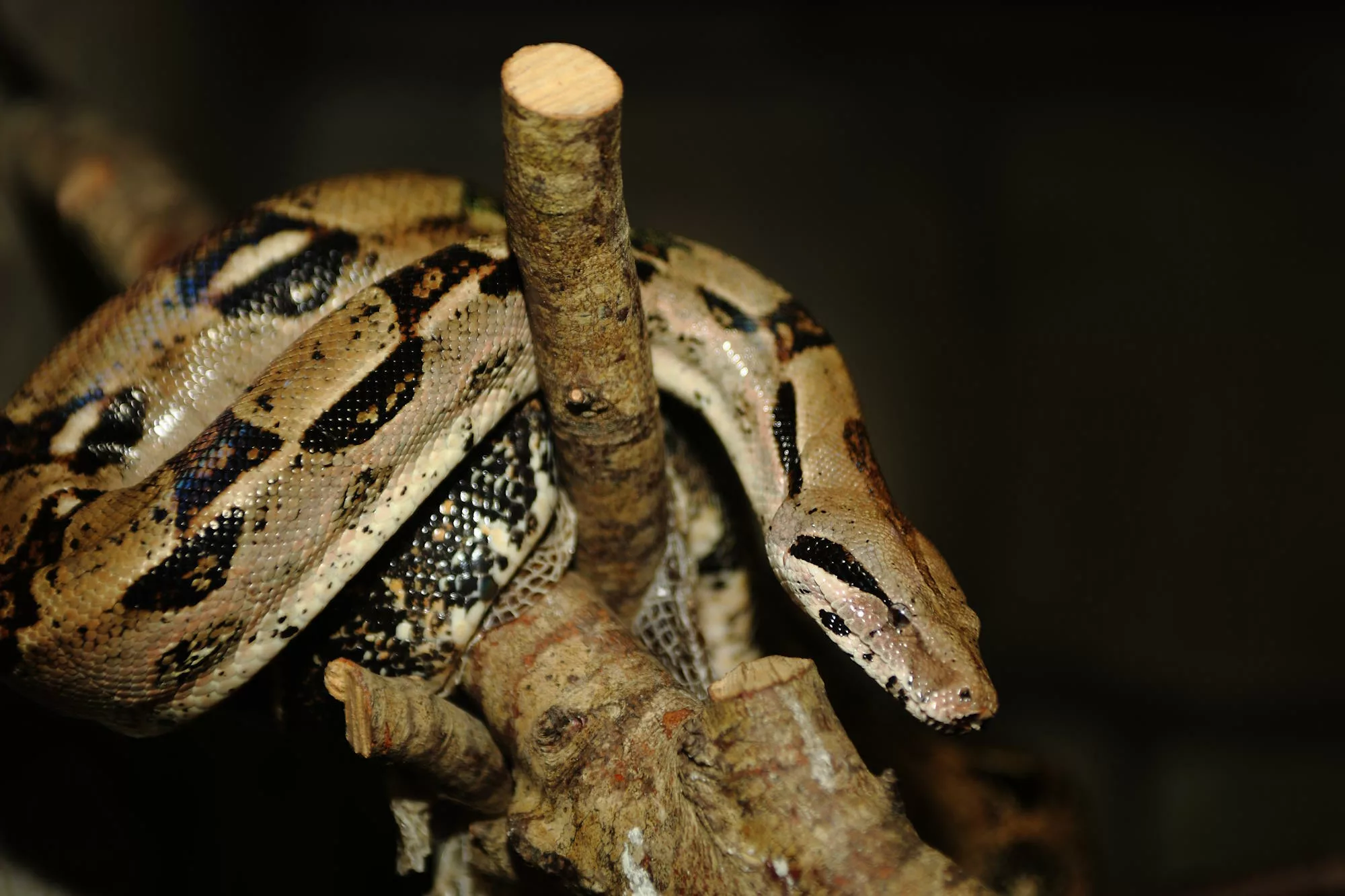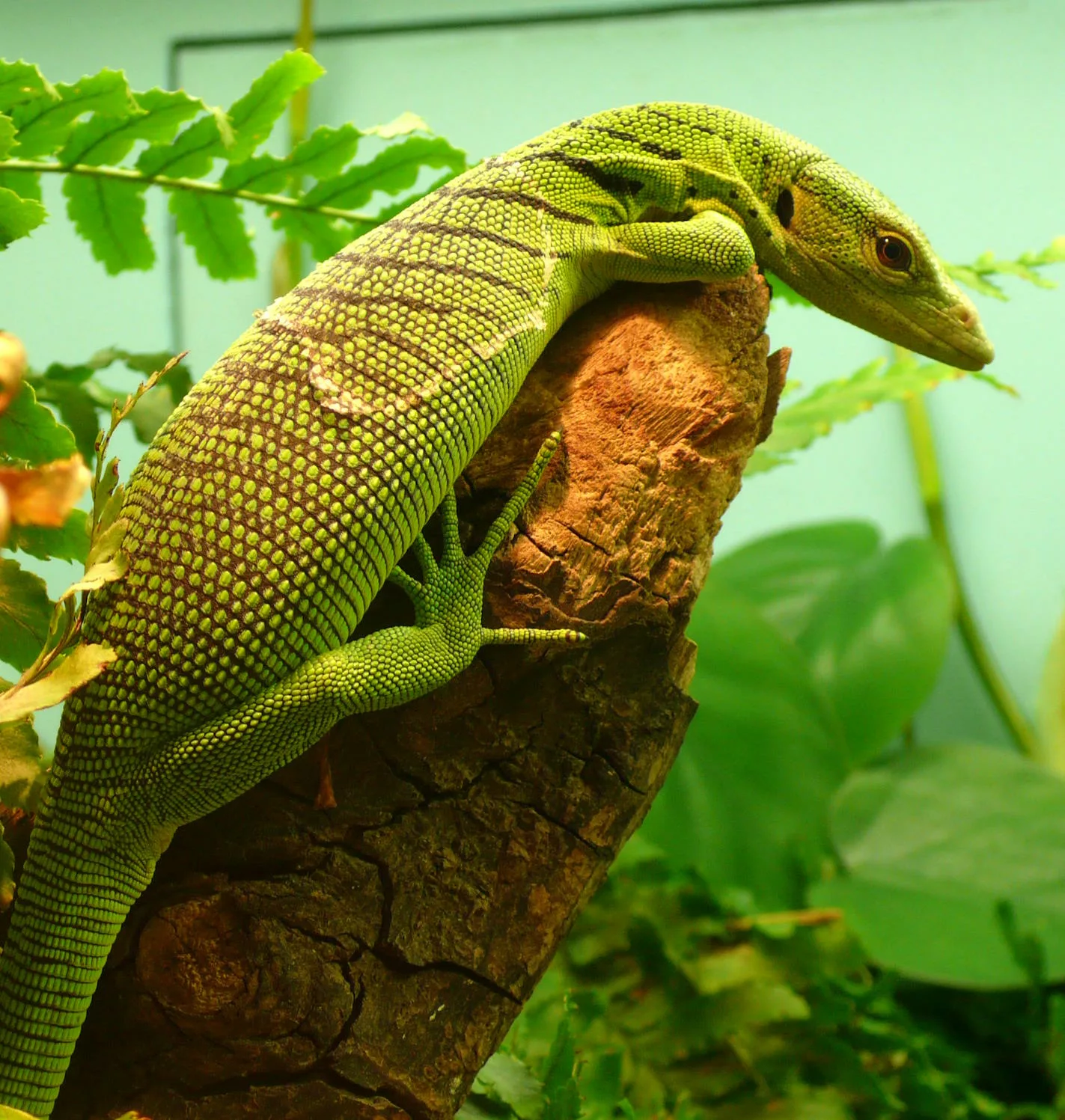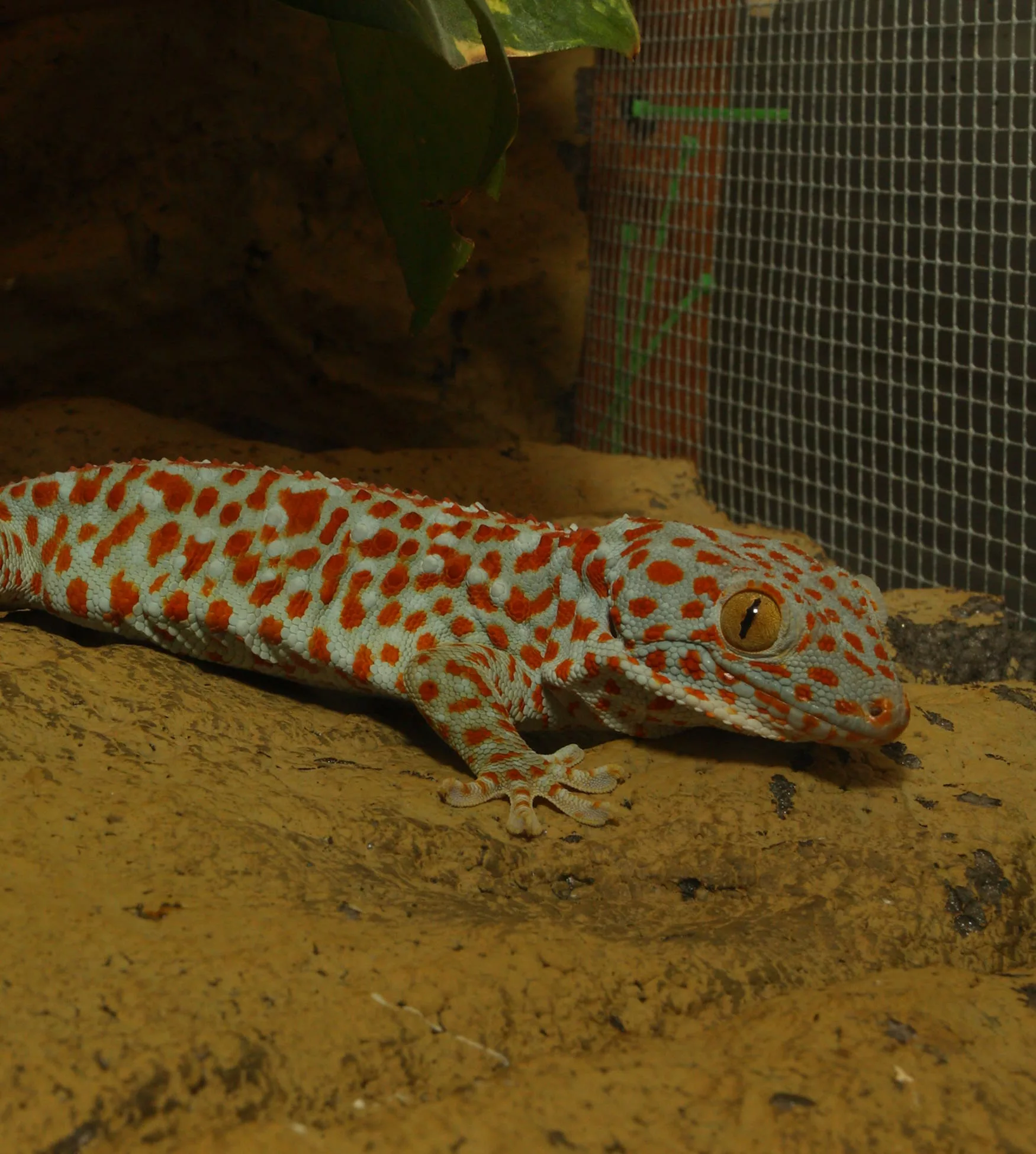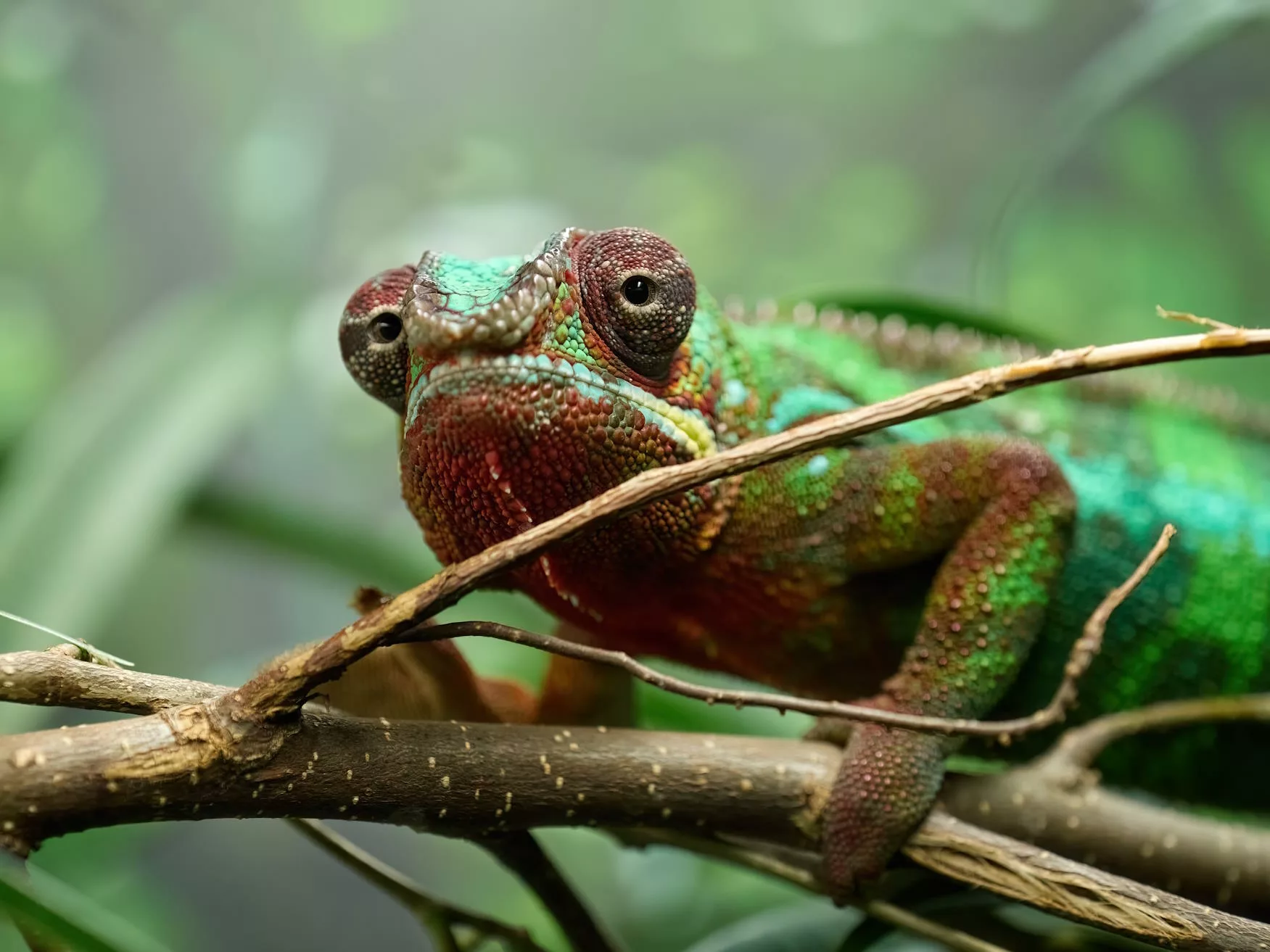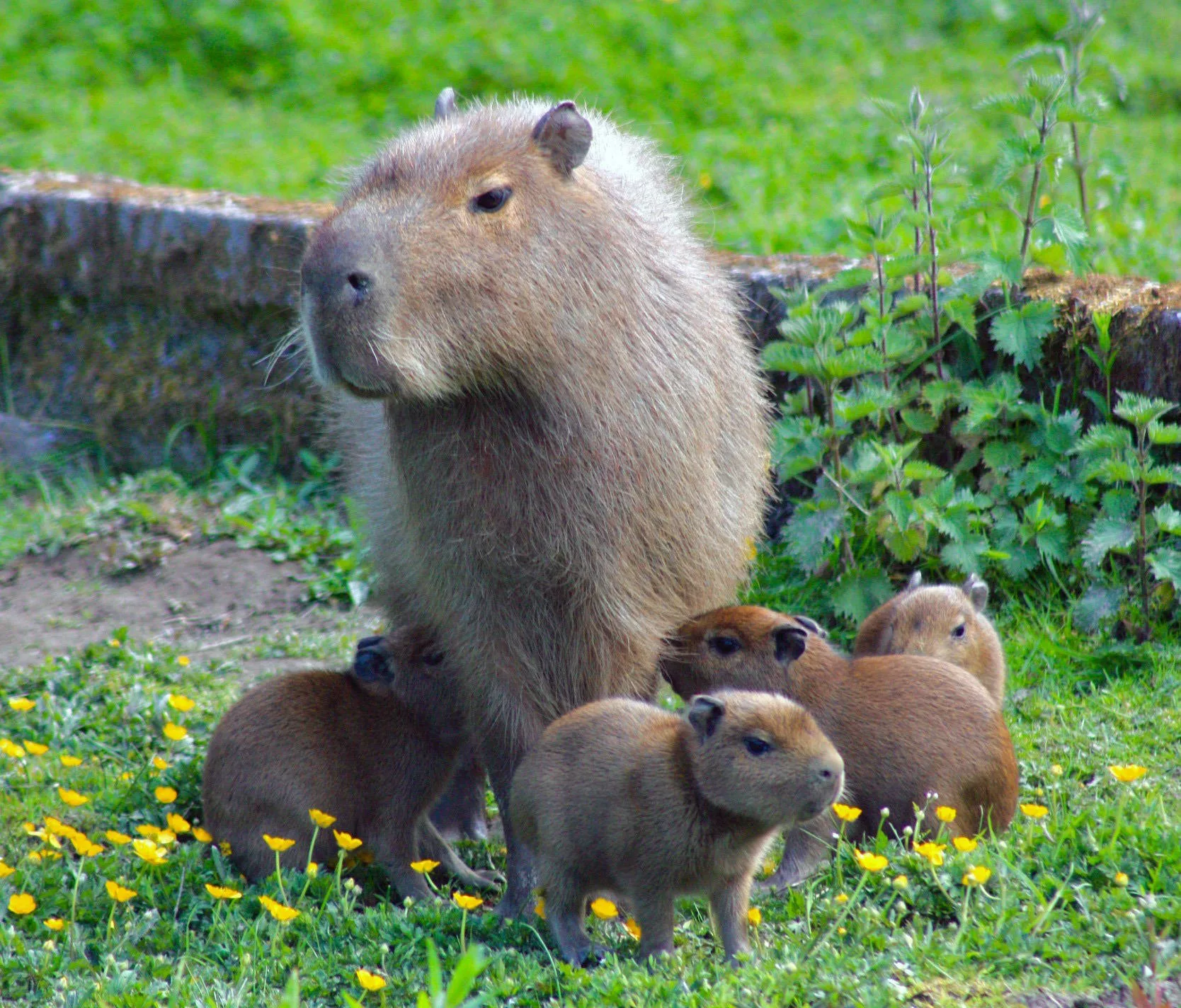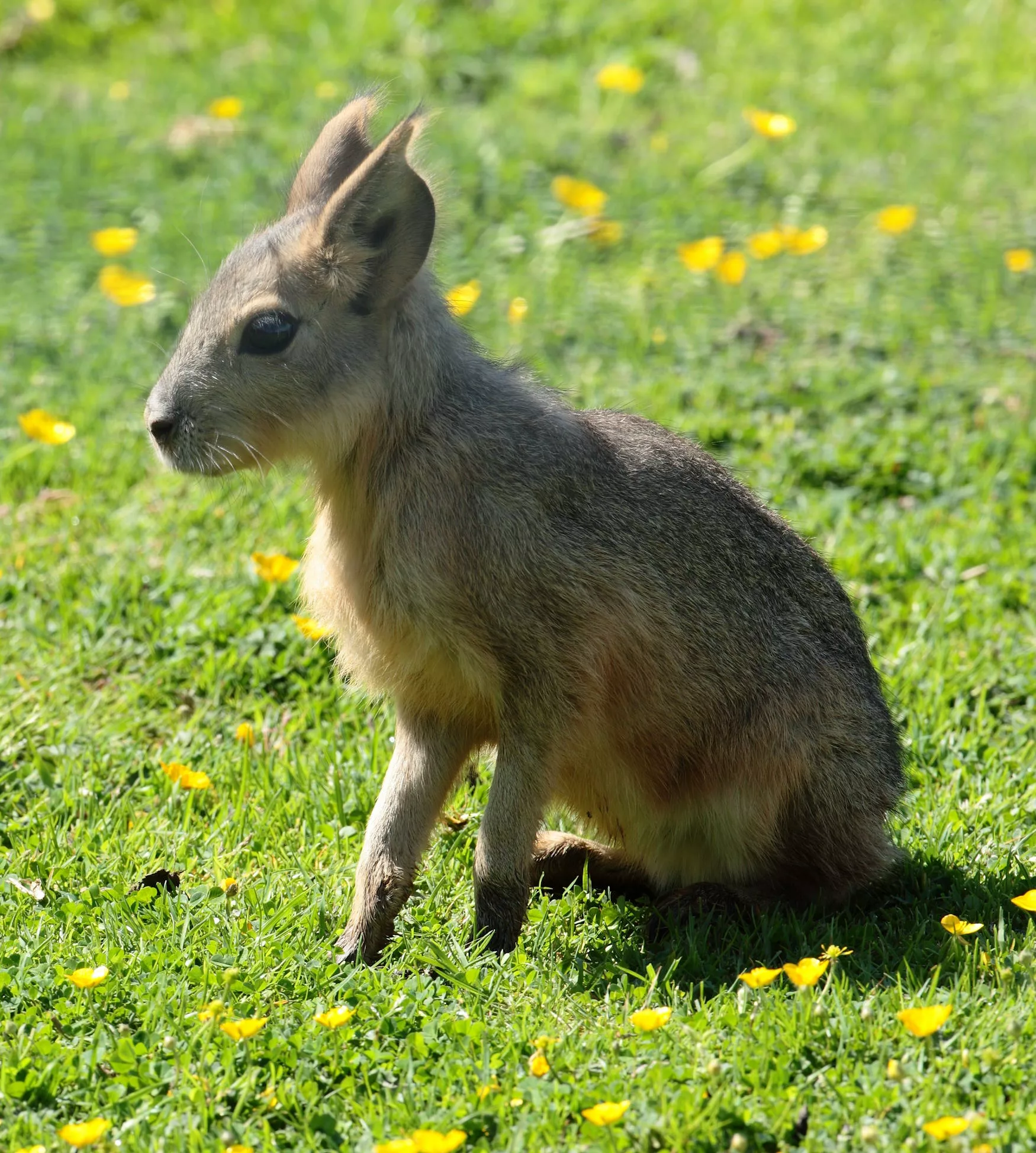
Mount Elliot Leaf-Tailed Gecko
Scientific name: Phyllurus amnicola
IUCN listed as: Not Evaluated
Learn before you visit!
Here are some facts about the species – Discover what they eat, find out about their natural habitat, see what they like to do, and more… Set the reading style to suit you too, everyday speak or something aimed towards children.
Child-friendly
Everyday
Diet
Mount Elliot leaf-tailed geckos are insectivorous, primarily consuming insects and other invertebrates found in their natural habitat. Their diet in the wild includes various arthropods. In captivity, providing a diet rich in insects is essential to mimic their natural feeding habits.
Mount Elliot leaf-tailed geckos love munching on insects like crickets and beetles. In the wild, they find these bugs among the rocks and trees. If you ever see one in a zoo, they’re probably being fed yummy insects to keep them healthy.
Breeding
Specific details on the breeding habits of Phyllurus amnicola are limited due to their restricted distribution and the challenges of studying them in their natural environment. Reptiles in the Phyllurus genus typically lay eggs, but information on clutch size and incubation periods for this species is scarce. Conservation efforts are ongoing to learn more about their reproductive behaviours.
Not much is known about how these geckos have babies because they live in a special part of Australia that’s hard to study. We do know that many geckos lay eggs, but we’re not sure how many eggs these guys lay or how long it takes for them to hatch. Scientists are still learning about their family life.
Habitat
Endemic to Mount Elliot in Queensland, Australia, these geckos inhabit moist forests among boulders on the mountain’s upper slopes. Their natural habitat provides ample hiding spots and a stable microclimate. Conservation efforts are crucial to protect their habitat from threats such as habitat loss and climate change
You can only find these geckos on Mount Elliot in Queensland, Australia. They live in forests full of rocks, where they can hide and stay safe. Because they live in such a small area, it’s important to protect their home from things that could harm it.
At the zoo
Given their limited distribution and conservation status, Mount Elliot leaf-tailed geckos are rare in zoological collections. Zoos that house them aim to educate the public about this unique species and participate in breeding programmes to ensure their survival. These geckos require specialised care, including controlled temperature, humidity, and a diet mimicking their natural food sources.
These geckos are so rare that not many zoos have them. The zoos that do have them take great care to make sure their homes look like the rocky hills of Mount Elliot, with plenty of places to hide and climb. They also make sure the geckos get the right food to stay strong and healthy.
Behaviour
Mount Elliot leaf-tailed geckos are nocturnal and arboreal, spending their nights foraging for food and their days resting in crevices among the rocks. Their leaf-shaped tails provide effective camouflage, aiding in evading predators. Due to their elusive nature and limited distribution, comprehensive behavioural studies are ongoing to better understand their habits.
These geckos come out at night to hunt for food and sleep during the day in cozy rock crevices. Their tails look like leaves, helping them blend into their surroundings and hide from predators. Since they’re so rare and live in hard-to-reach places, scientists are still figuring out all their secrets.
Fun facts
- Master of Disguise: Their flat, leaf-shaped tails and mottled skin allow them to blend seamlessly into their rocky surroundings.
- Night Owls: These geckos are nocturnal, emerging at night to hunt and rest during the day in hidden spots.
- Rare Gems: Discovered in 1998 and described in 2000, they are among Australia’s rarest gecko species.
- Tiny Territory: Found only on Mount Elliot, their entire known habitat is confined to this single mountain in Queensland.
- Conservation Priority: Due to their limited range and vulnerability, they are a focus of conservation efforts to prevent extinction.
- Camouflage Experts: Their tails look just like leaves, helping them hide from predators.
- Nighttime Adventurers: They’re awake at night, looking for food, and sleep during the day in hidden spots.
- Rare Discoveries: They were first found in 1998, making them a pretty new discovery in the gecko world.
- Homebodies: They live only on Mount Elliot, so their whole world is on this one mountain.
- Conservation Heroes: People are working hard to protect these geckos and their home to make sure they don’t disappear.
More animals to discover at our zoo
Quick Links
Tickets & Prices
You can buy tickets for Exmoor Zoo securely online, as well as finding out more price options, discover offers, and more…
What’s on…
Exmoor Zoo hosts incredible Events all through the year. You can find out about what we’ve got in store here…
Routes & info
Like any great discovery, Exmoor Zoo can feel a little off the beaten path – but don’t worry – you can plan your journey with our recommended routes and other useful travel info.
